Company insiders need to present projections to spell out what it thinks it’s worth, but at the end of the day the investor determines the price.
You can say your company is worth $1 billion, but if after multiple searches and pitches you only find someone willing to pay $20 million, then that’s what it’s worth. Of course, if the company thinks the valuation is too low it should push back. But then it needs to explain why it’s worth more than what the investor thinks. Sometimes that’s successful, but for the most part, investors hold all the leverage.
This is like the “Shark Tank” TV show. Many start-up owners think their companies are worth way too much money and they fixate on that. But in the early rounds of funding, such as the seed round, VCs want low valuations. They want the valuation to increase for the Series A round of funding, then increase more for the Series B round. Eventually they want the highest valuation possible for the initial public offering (IPO).



